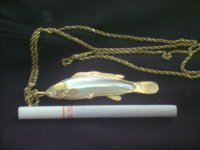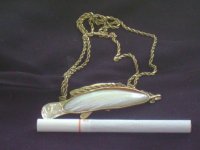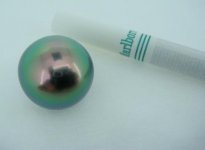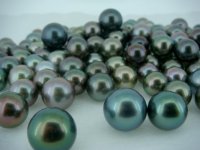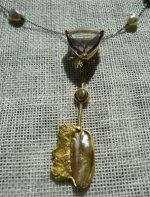Sounds like a new-ish happening among the types of irregular freshwater pearls (anyone ventures to guess how these huge, flat things form?) that needed a name and eventually got one

Wouldn't expect every commercial label to be documented - the takes time and some consistency. These things seem new and who knows if the availability will persist for enough time for a name to 'catch'... 'Bet that the producers of such pearls would rather have just about any other symmetrical shape instead of 'wings'!

Just a thought...
One upon a time, similarly shaped pearls used to be a 'normal' baroque shape among US natural freshwater. Those pearls are smaller, of course, and while typical .. I am not sure whether they ever were particularly prized for the shape itself. They were called 'wings', 'angel wings' or such... I think I prefer 'feather' (less corny); besides, the huge, colorful Chinese pearls have little in common with the old, whiter, smaller ones, except for the general shape.
Here's some original 'wings':
LINK. Quite similar shape, don't you think? I wonder if the likeness isn't due to some similarities in their formation process... even though the mollusks are different animals, etc.

